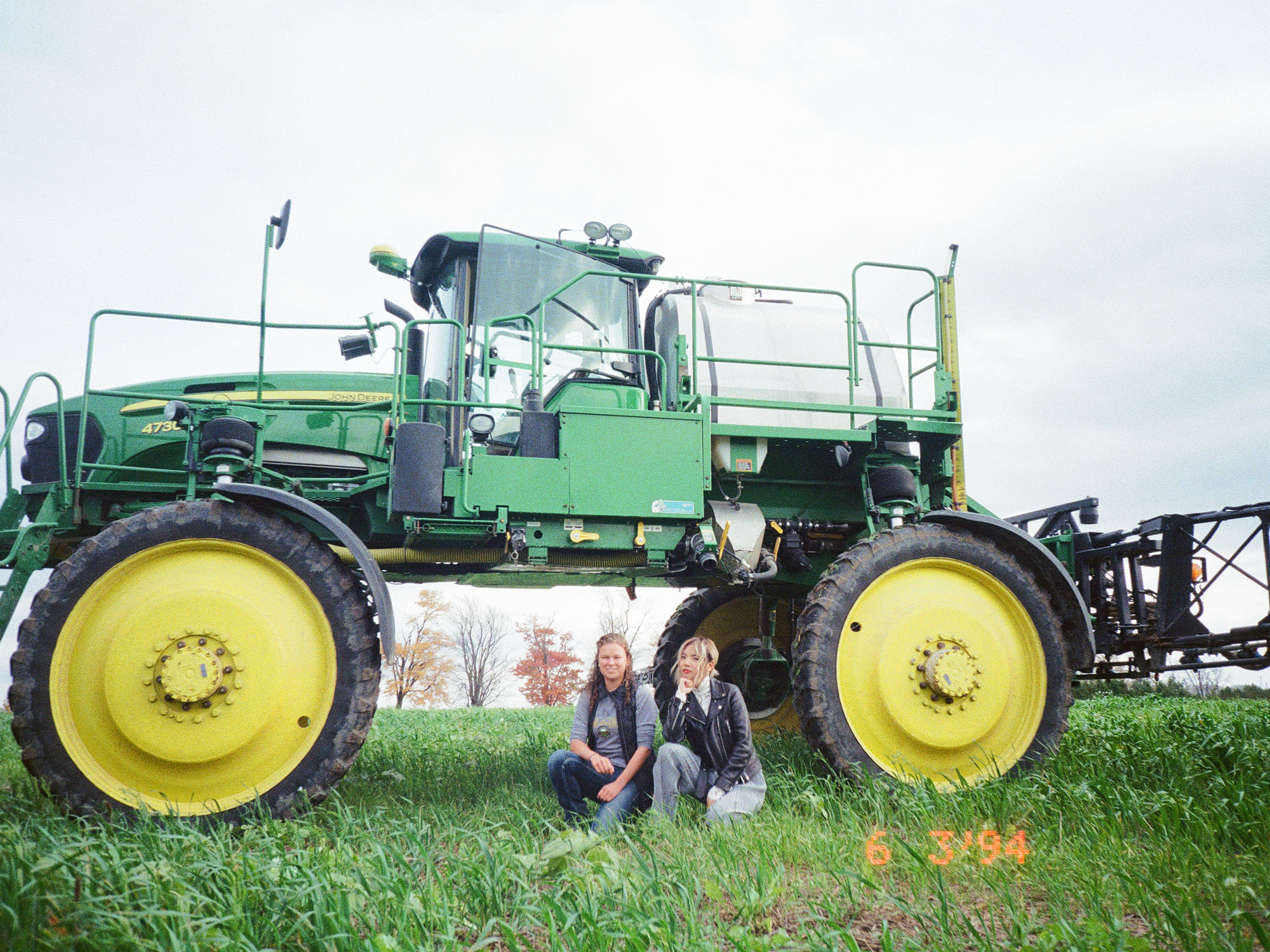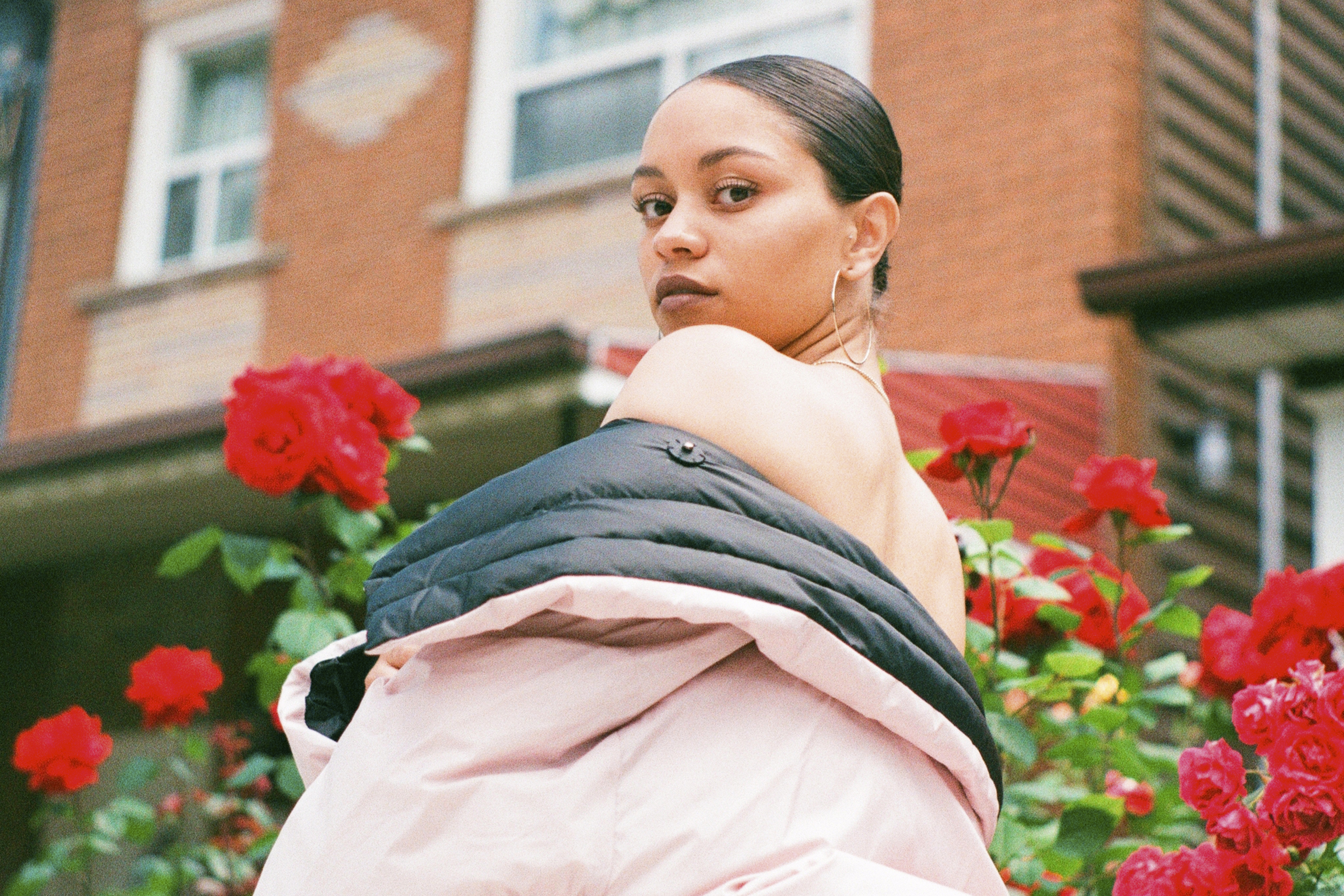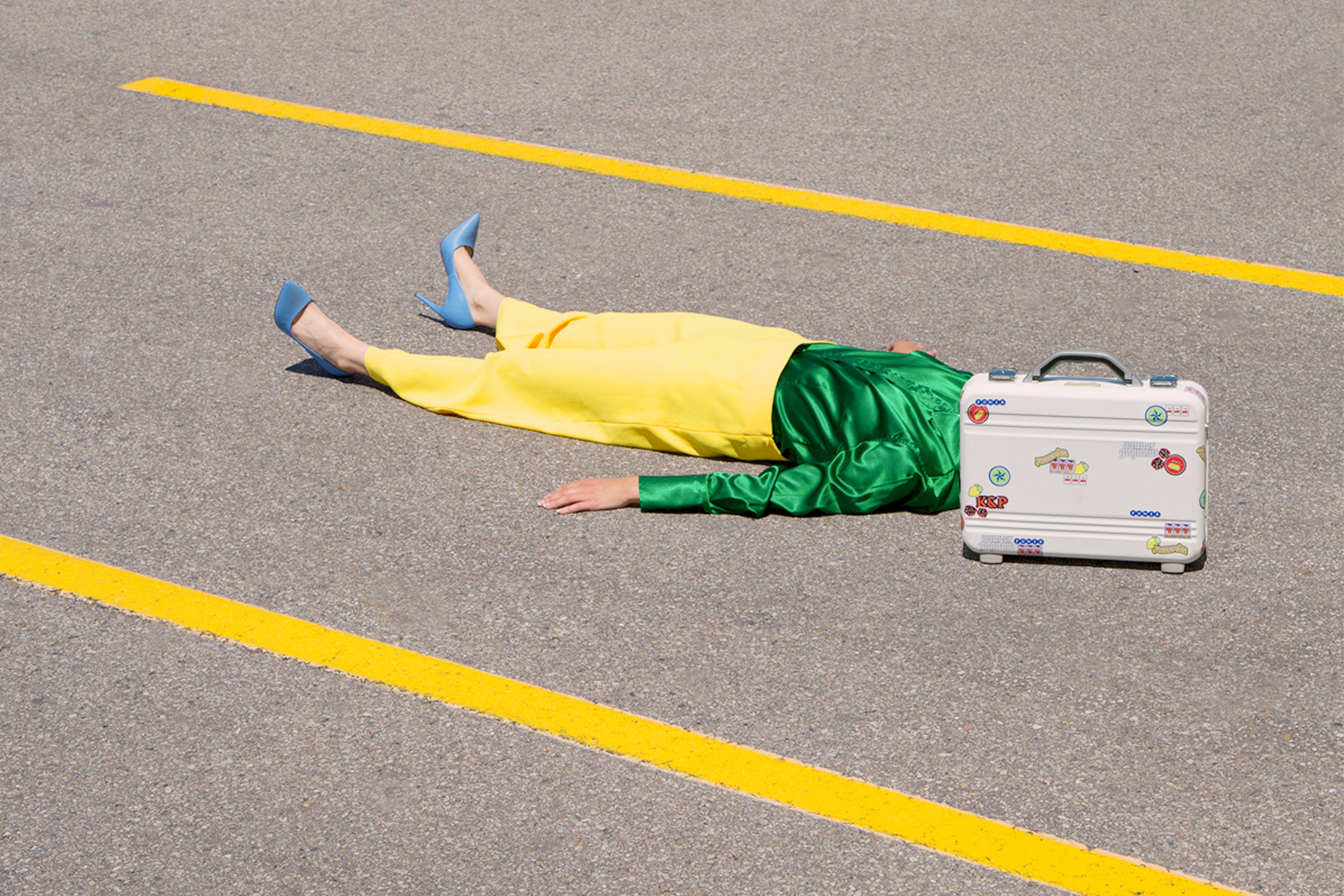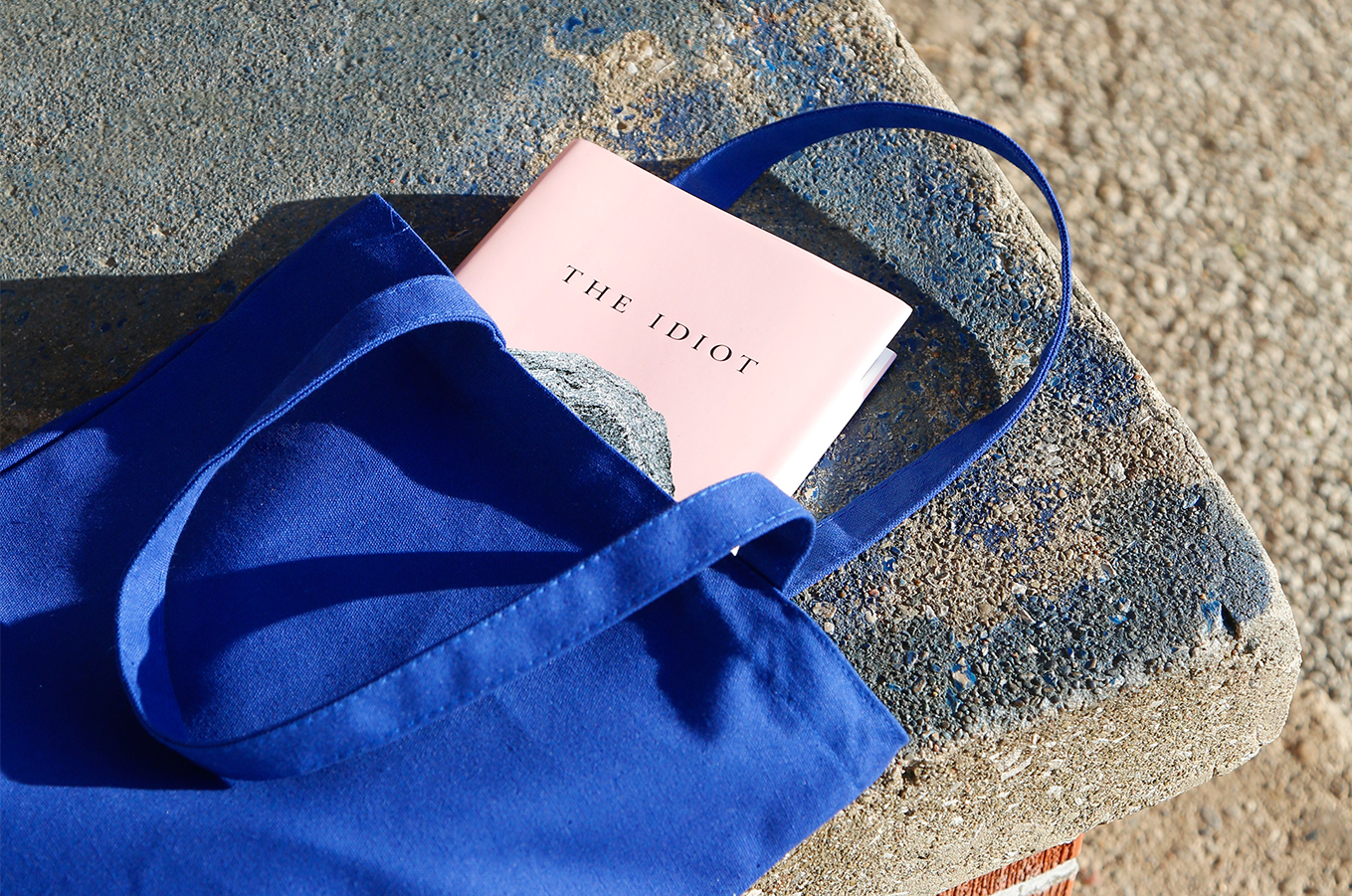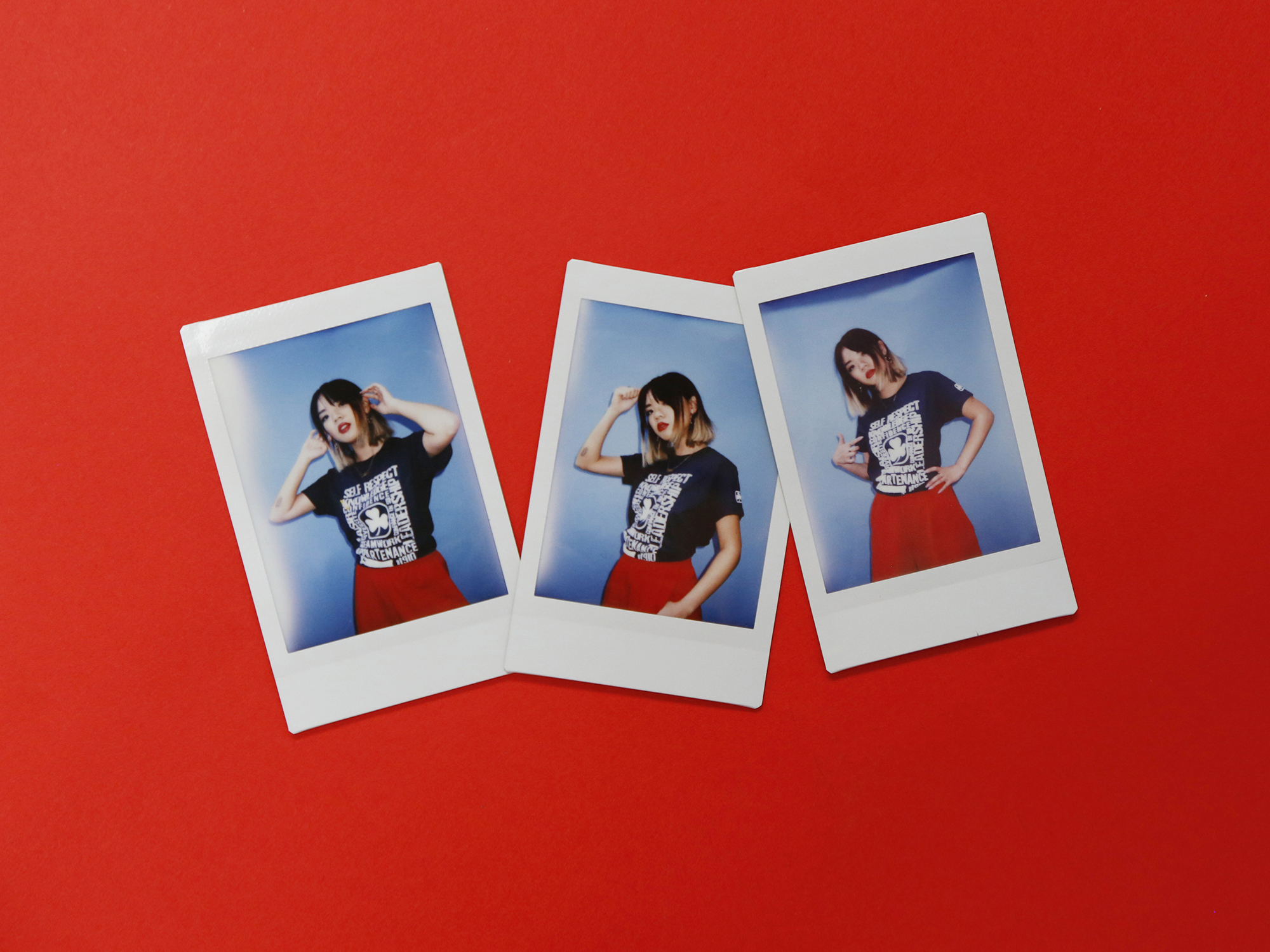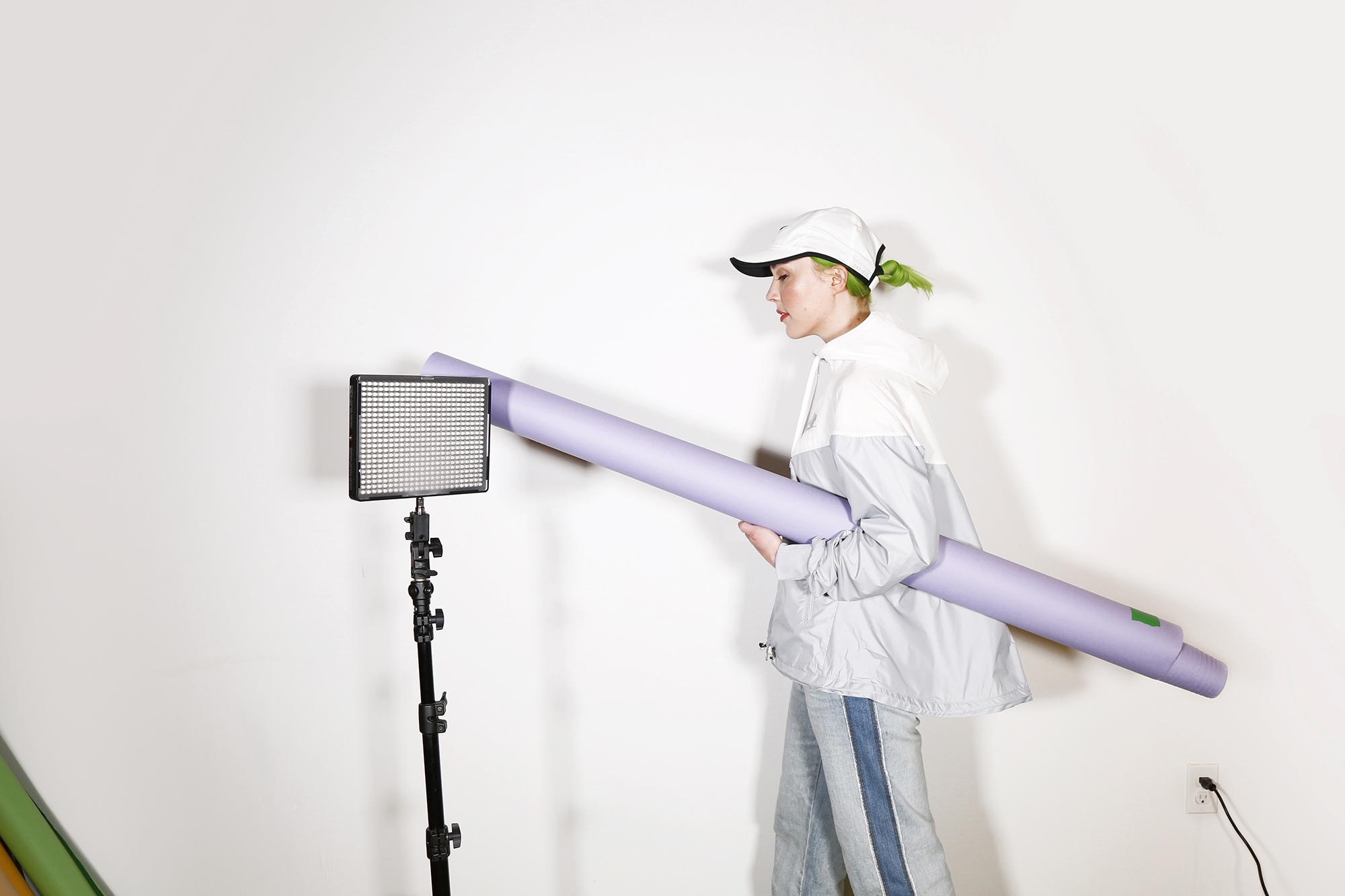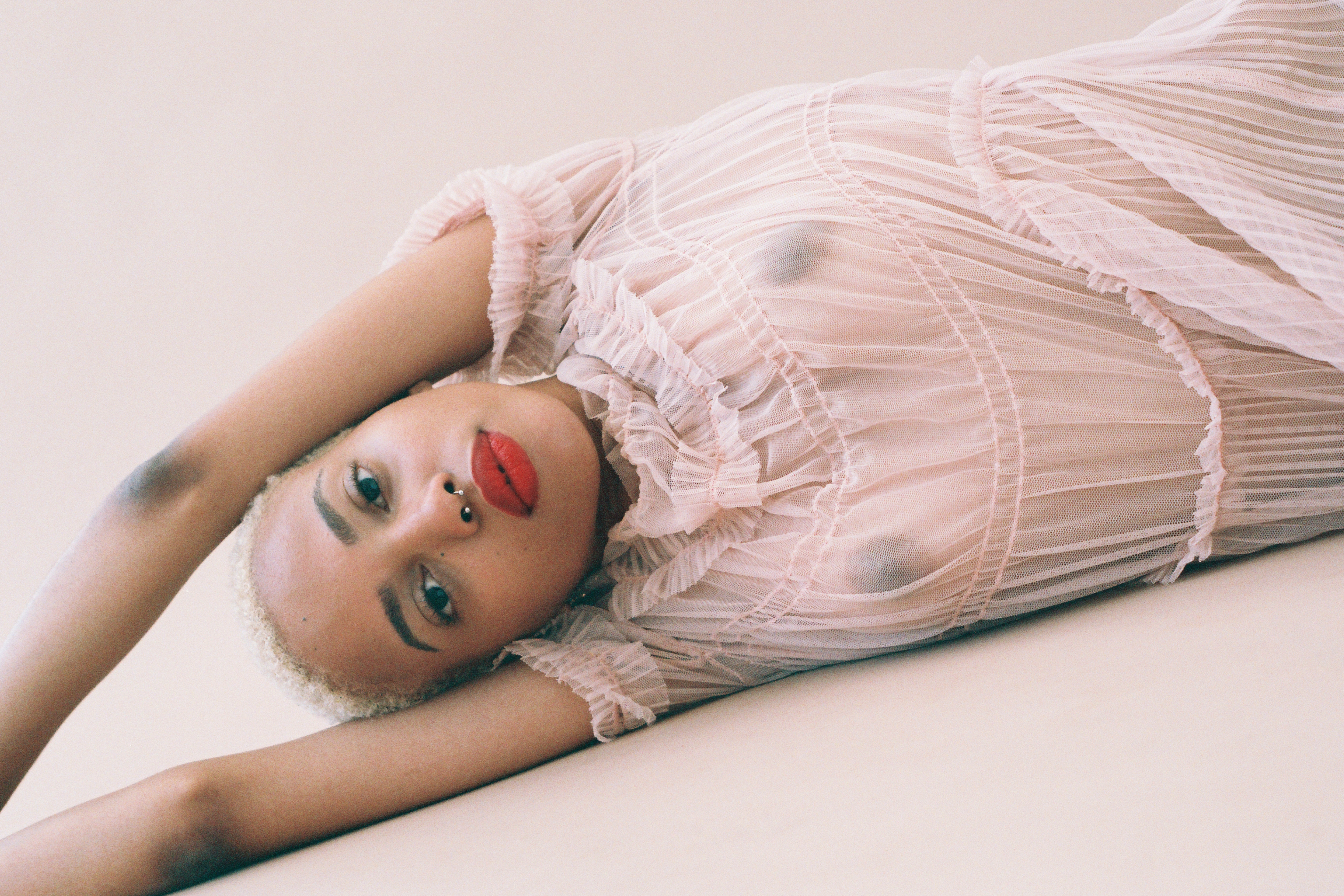Photo Stories
What Happens When I Retire?

Mogo is a financial tech company that’s transforming the way Canadians access their money, control credit, and ultimately, get out of debt. Think of it as #FinancesWithBenefits. Unlike the big (scary) banks, Mogo takes a different approach by being convenient, simple, and above all, transparent. They’re the only ones in Canada who offer a full spectrum of rates, so they’ve probably got an option for whatever you need and for how excellent or not so great your credit application is (BTW- if your credit sucks- you better be following this series!). Basically, they’re doing to the banks what Uber is doing to taxis.

In our new #AskAnAdult series, Chantel Chapman, Mogo’s Financial Fitness Coach (and real-life adult), answers your most pressing financial questions! She’ll whip you (and us) into financial shape! This week Melody Hansen asks:
Q1. I’ve been doing my own taxes for the past couple years and every time I land on the retirement plan section, I’m a little lost. I’m actually very lost because I don’t know anything about retirement. As a freelancer, how does retirement work? How do I save for it?
Chantel: Great question! I like to think that planning for retirement is similar to buying a new car. If I start saving late and only have enough money to buy a pizza delivery-mobile, then that’s what I’ll be stuck with. If I get my head into the saving game early, I’ll be stuntin’ in a Benz on my way to pick up the squad from the retirement home by 55.
Relax. Take a couple breaths. There’s a point in everyone’s life (including mine) when your brain gives zero f**ks about what your financial plan is 30 years from now.The fact that you are even asking about this and aren’t worried about popping bottles on a Tuesday is a great first step. If you get started early and start utilizing compound interest, you’ll be able to make it rain on your RRSP fund!
Retirement is a long time away, but it’s good to at least understand your options!
I’ve asked CFP (Certified Financial Planner) and personal finance columnist for the Financial Post and MoneySense Magazine, Jason Heath, to weigh in.
Jason: Hey Melody! You’ve probably noticed the Registered Pension Plan (RPP) and Registered Retirement Savings Plan (RRSP) deduction lines on your tax return. Freelancers like you wouldn’t have an RPP because that’s an employer-sponsored pension plan. An RRSP is an account that anyone (a freelancer included) can open.
Here is how it works:
1. You open an RRSP account.
2. You put money in it.
3. With that money, you can buy investments.
4. Any dollar that you put into the RRSP account can be deducted from your income on your taxes so you pay less income tax that year. You would write this amount on that line that you mentioned gives you the feels on your tax return.
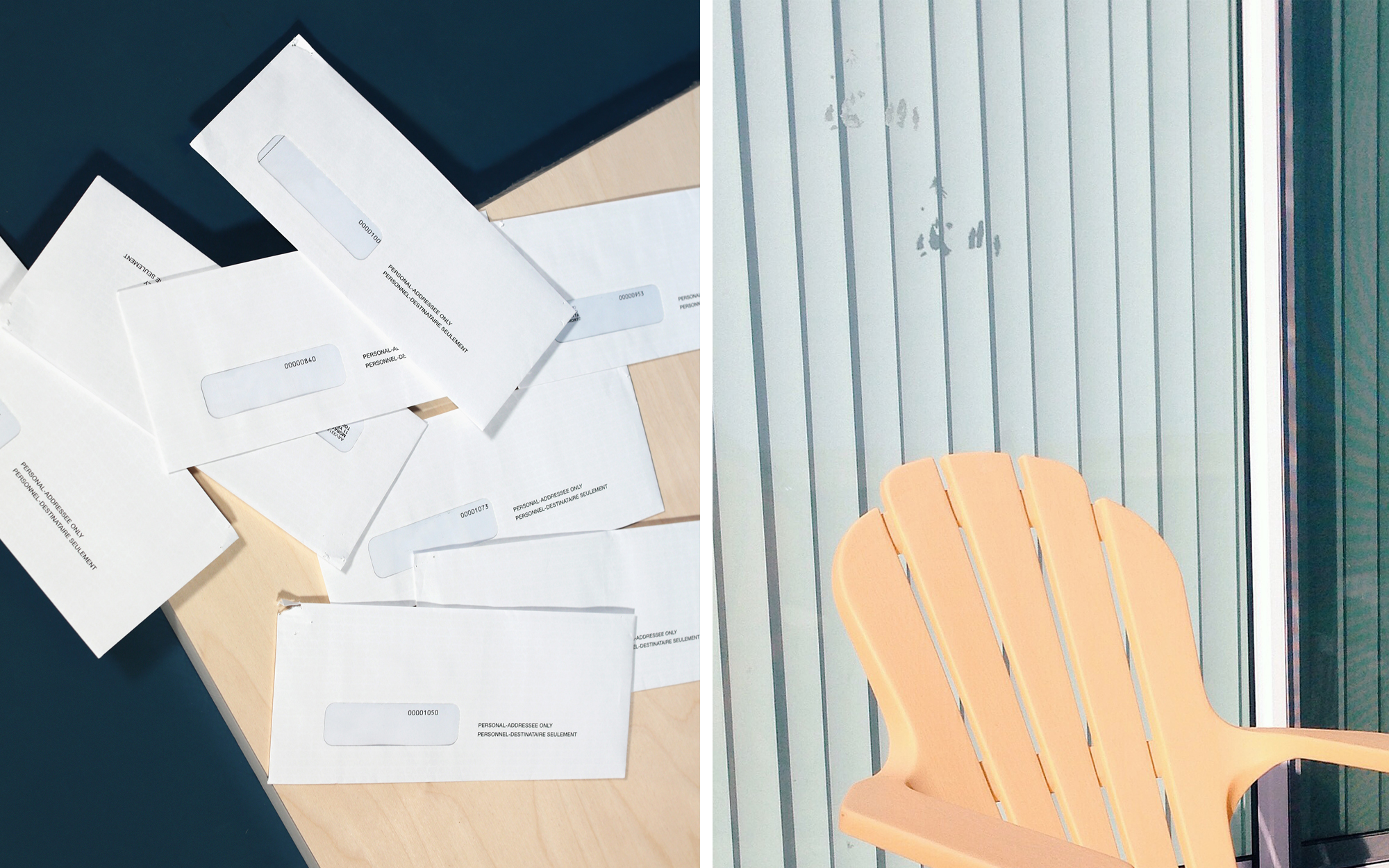 Photos by Monica Moraru
Photos by Monica Moraru
The investments that you buy will (hopefully) grow in value, the tax is deferred (you pay tax on it when you take it out) and the funds are meant to fund your retirement. As far as how retirement works and how you save for it, that’s a really loaded question. The Canada Pension Plan (CPP) and Old Age Security (OAS) pensions are meant to provide at least a base amount of income for Canadian retirees. However, these government pensions only fund a portion of your retirement spending needs. The rest of the money needs to come from your own personal savings.
Chantel: Let me break that down for you: If you want to ball out come your retirement, you need to hop off the government train, strap on your grown-up pants and start treating your retirement account a little less like a library and a little more like Area 51. Literally nobody’s ever seen anything come out of Area 51. Have you? Didn’t think so. Jason, since you build retirement plans for clients, what is the best way to save?
Jason: If you’re unsure of how much to save, you usually get a sense of how much you need with a retirement plan. If you don’t work with a professional planner, at least check out some of the online calculators out there. They’re not perfect, but they’re better than nothing. Forget the rules of thumb out there about how many millions you need to save in order to retire, rules of thumb are so impersonal. How much you need to save depends on how much you spend, whether you own a home or rent, whether you expect an inheritance, when you will retire, your life expectancy, your investment risk tolerance, and so on.
The most common retirement savings tool in Canada is an RRSP, but there are other types of accounts (like Tax-Free Savings Accounts – TFSAs) and other types of investments (like rental properties) that are options as well. But suffice to say that government pensions, while a start, won’t cut it. You need to do a bit of saving on your own.
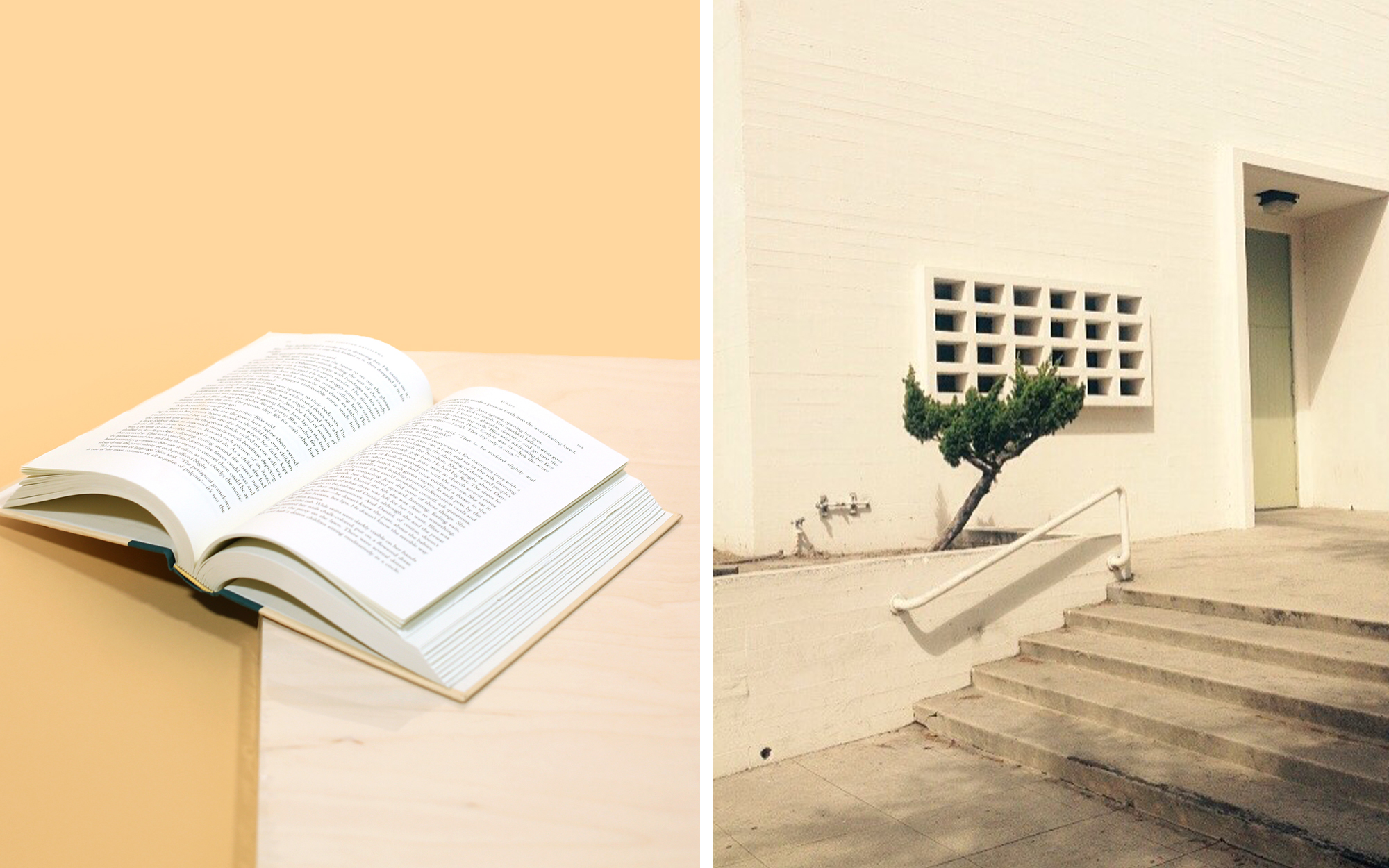
Q2. What is the difference between and RRSP and a TFSA?
Chantel: Melody, that’s another good question. Back to the car the analogy, think of your RRSP or TFSA as vehicle that carries your cash or investments. The car is the RRSP or TFSA and your crew, the precious cargo is the cash or investments. For example, if you are going full Jordan Belfort and playing the stock market, you would buy the stocks with funds in your TFSA account so you can access the tax benefits that come along with it. The main reason why people use these types of vehicles is primarily for the tax benefits.
Jason: Yes! To be more specific, a Registered Retirement Savings Plan (RRSP) is an investment account that gives you tax deductions and corresponding tax refunds when you contribute. You can deduct your contributions on your tax return, up to your RRSP limit. Your yearly limit is based on how much money you make.
Investments in an RRSP can include mutual funds, stocks, bonds, exchange-traded funds (ETFs), GICs or even just cash savings. The investment income you earn grows tax-deferred until you ultimately take withdrawals from your RRSP. You need to begin RRSP withdrawals no later than the year you turn 72. The government mandates minimal withdrawals you must take each year thereafter.
A Tax-Free Savings Account (TFSA) is a relatively new Canadian savings tool. Your TFSA room is not based on earned income or anything else. Each Canadian gets a set amount of additional TFSA room each year, as long as they’re over the age of 18. The maximum TFSA limit for 2016 is $5,500, for example, plus all of your accumulated room from previous years.
TFSA investments can be the same as your RRSP, but the difference relates to taxation. RRSPs give you tax deductions. TFSAs do not. So you’re putting your after-tax money into a TFSA. The tax benefit starts then. TFSAs grow tax-free (hence the name) and your withdrawals are also tax-free (unlike RRSPs). RRSP withdrawals are considered income and are taxable. TFSA withdrawals are completely free of tax.

Chantel: So to sum that up (pun intended), RRSP’s will lower your income tax amount each year but you still have to pay to play for that tax savings when you take the money out. On the other hand, TFSA’s won’t lower your annual income tax amount (ugh) but if you make a lot of money in an investment, you wont be taxed to take it out (schwing!).
What’s your day rate? Read the last #AskAnAdult for some budgeting tips and tricks!







